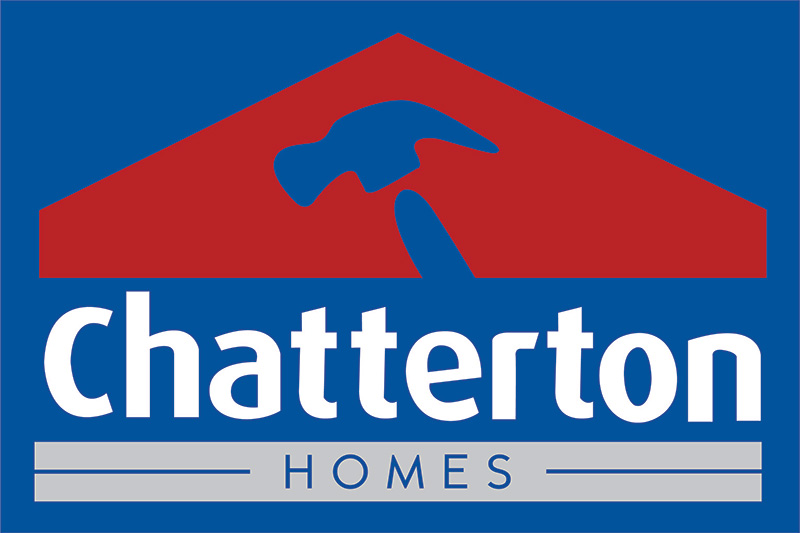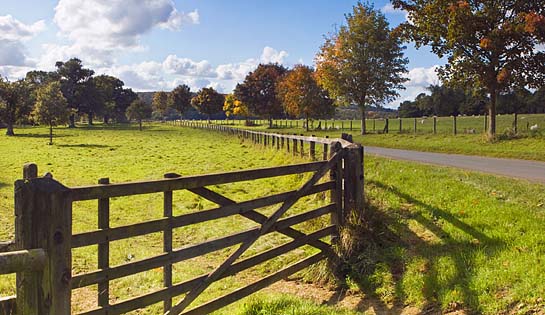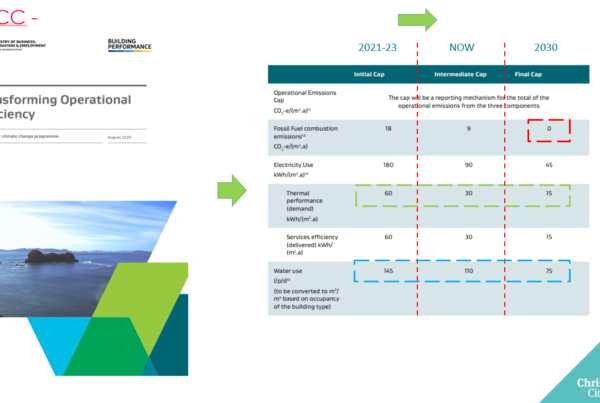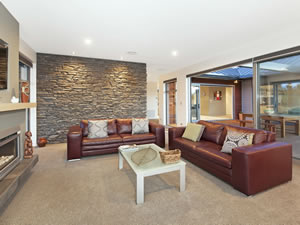We are all unique in what we want in our home, and indeed our section. We all have differing priorities about what is essential and what can be compromised. However, buying a section without thought to other matters can lead to unforeseen consequences, which in some cases means you lose the ability to achieve what you really want.
Our advice is not exhaustive by any means but these are important pointers to help get you started.
Where do you Start?
List what your ultimate site would be if you could have any site you wanted (a bit of zero based thinking), and then gradually bring in a bit of realism such as budget, needs of the family, travelling distances etc.
Another option is to write down what you don’t want and what you will not compromise on, i.e. proximity of overhead cables, safety factors for children like main roads or water hazards, or a travel limit to and from work.
Your budget only stretches so far. Before signing a contract on a section, do you have a good idea of the total costs involved in the proposed building project? This will include the house itself, the cost of getting services to the house, driveways, paths, below ground engineering requirements and the need for retaining walls etc. Are you confident your budget will cover both the land and the home you want on that particular piece of land?

Land prices vary dependent upon location. Is the land a priority, or the actual home you will live in? There is not a wrong answer, but understanding your priorities makes it easier to make decisions that are right for you.
For example, we have recently purchased our own section to build a passive house upon. Whilst the section is not the perfect position for us, our priorities were the house itself, namely the ability to build a passive house, the fact we cant get built out, and the fact it was within 10 mins drive of our children’s current rural school.
Here are some more specific items to consider:
The Site in General
How will your house sit on the site to make the most of its features? This is an especially important question to consider on a smaller or sloping site, as there can be restrictions on how the house can be placed on the site, and its layout.
Whilst it’s not necessary to know exactly what house you will build, you do need to have some basics in mind. There’s a big difference between a 150m2 home and a 350m2 home in terms of budget, and how (or even whether) the house will fit on the site. Where do you want your living on the site and can you achieve a layout that works for your family within the site limitations?
If you are considering a section near the sea, the extra cost of materials that are more corrosion resistant should be considered alongside the ongoing maintenance required.
Slope
This may mean great views but, if the section has anything greater than a slight slope, you could be facing major earthwork & engineering costs to allow a building platform, or there could be a restrictive building platform. You may want to talk to your designer and builder about what design issues to consider and the associated costs, e.g. retaining walls, piles, engineered foundations. All these costs need to be added to your total build costs.
Soil/Geology/TC Classification
The sub surface condition can only be assessed by a Certified Engineer. Sometimes it is only after construction has begun that the need for an engineer’s report and design is discovered. Get a LIM (land information memorandum) from the local council. It is their record of the section conditions. It may not be complete but it may be the only record available, and can reduce the risk of the unknown.

Many clients are surprised at the cost and effort it takes to get a house out of the ground. There are also sometimes unforeseen ground issues, so it is important to understand the risks early on. Often research on neighbouring builds may yield some useful information.
Having a builder on board early is essential to discuss potential issues with the site and costs associated with it. Whilst designers (and their engineers) may be able to discuss engineering solutions with you, it is the builder that will price them, project manage the job, and has the experience of similar builds. If you have identified your design build team before confirming your section, feel free to ask your builder to view your prospective site – they look at it from a different perspective to the designer, and the more information you can glean the more informed your decisions will be.
EQ Zone
Councils can refuse to grant building consent to land at risk of a natural hazard, for example, flooding, erosion, or subsidence. In addition, it may be difficult or more expensive (or impossible) to get insurance on such a site.
A Section 72 endorsement on the certificate of title will alert you if the section is at risk.
In Christchurch, land has now been given ‘technical categories’ (TCs). These categories were developed, and based upon the ground conditions, to describe how the land is expected to react in future earthquakes and provide guidance on engineering & design required for differing zones. Foundation designs will vary depending on the specific requirements of each individual property and the proposed house design, including choice of cladding and the construction systems proposed.
Flood Zones
Local councils have all the information you need on flood zones. This is provided in terms of the frequency of flood risk – some may be 50 years, others 200 years. This will also affect the height of your foundations, which impacts cost to build. Recently we completed a home in Ohoka which required the floor to be 1.4 m off the ground.
Aspect
How much sun does your section get? Are there any other structures in the way which will limit your sun at certain times of the day? You can download an app called ‘Sun Seeker’ which will show you the position of the sun year-round. This is helpful if the section is near a hill or trees.
A section with a north facing aspect, means you can take advantage of the sun’s heat in your construction design, but the design needs to be aware of overheating, a very common occurrence and one that can be addressed in the design stage.
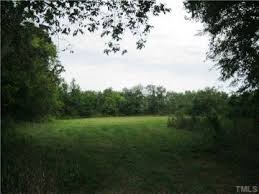
In Part 2 we take a look at logistics, usage and lifestyle considerations.
If you are looking at buying a section to build your new home and can see the benefits of getting a builder on board earlier rather than later, please give us a call on 03 3130103 to see if we can help you!
If you would like to find out more about us first go to our informative website www.chattertonhomes.co.nz, or download our free ebrochure here.
